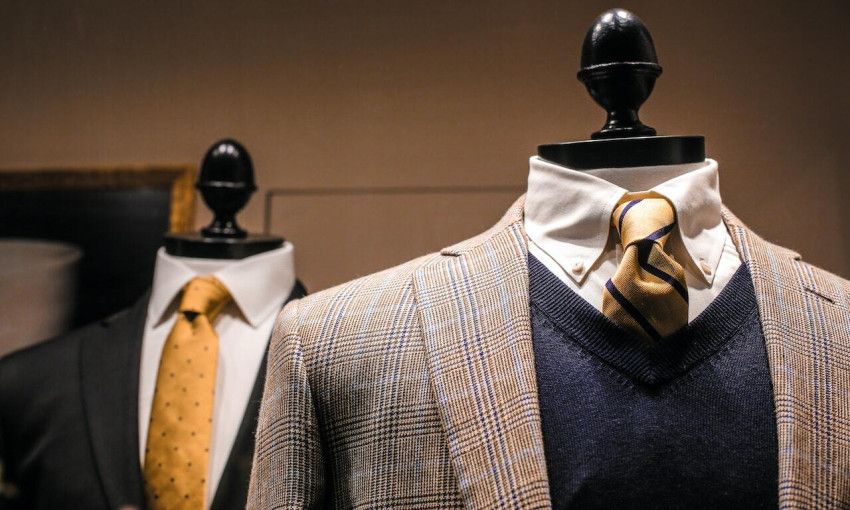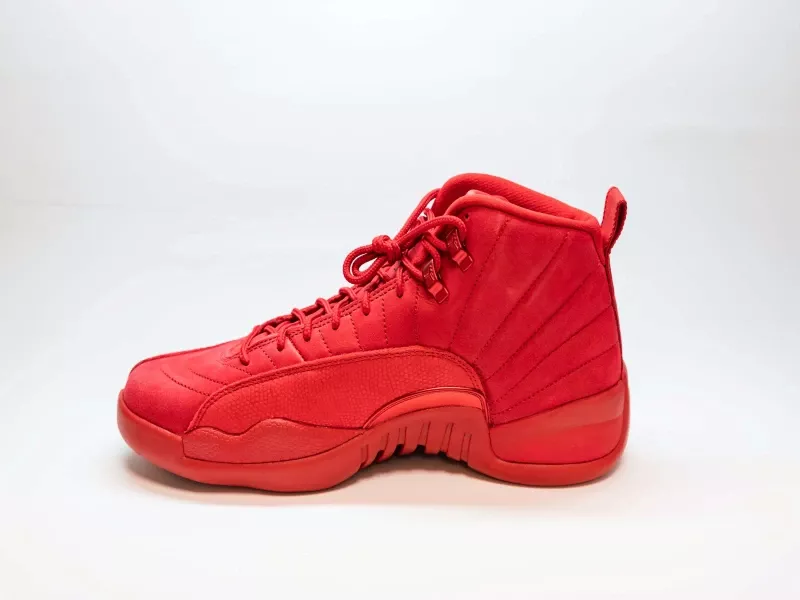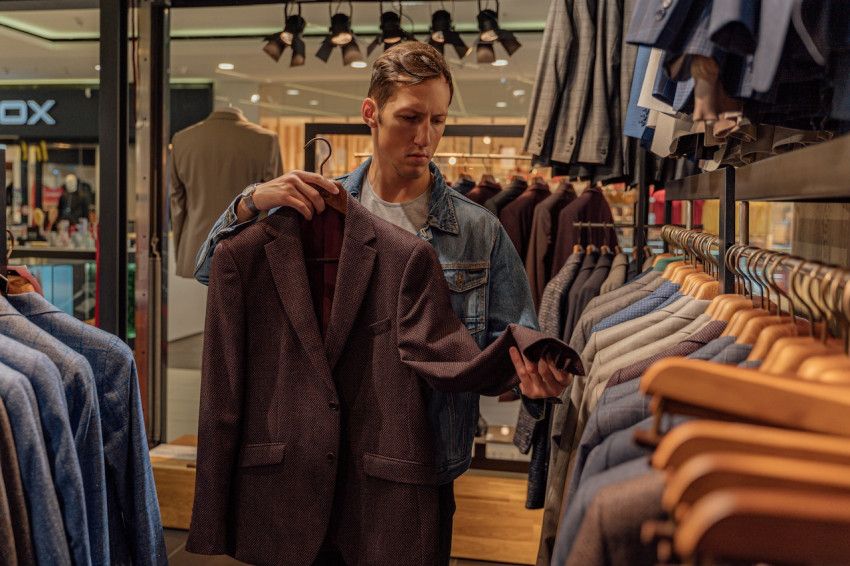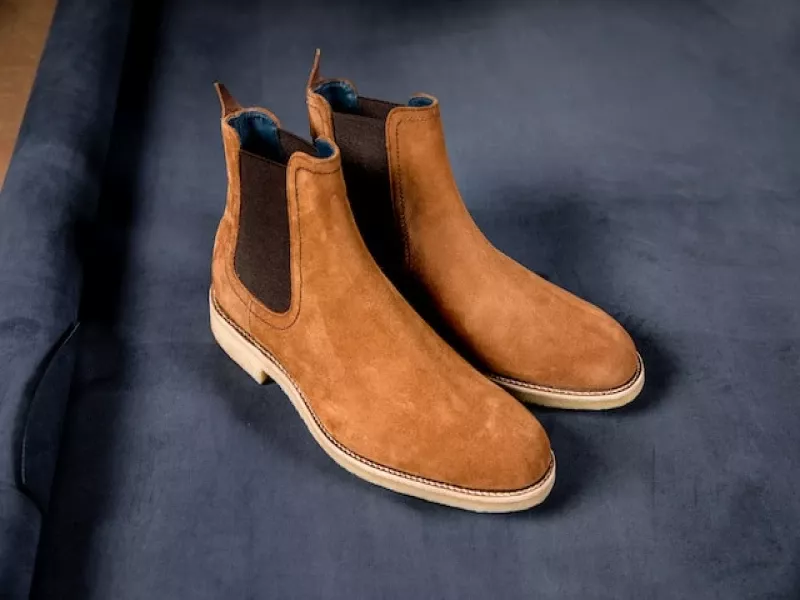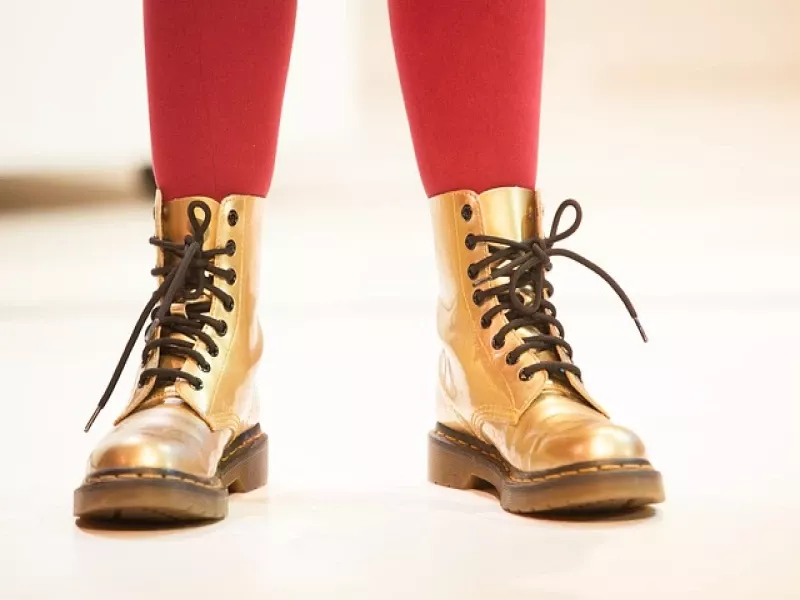
What to pay attention to when buying a shirt?
Whether you’re shopping for casual, formal, or business wear, purchasing the right shirt is a crucial fashion decision. It has the power to elevate your look, communicate your style, and boost your confidence. But what factors should you consider when buying a shirt? Here's a comprehensive guide to help you make an informed choice.
1. Fit
The fit of a shirt is perhaps the most important aspect to consider when making a purchase. A well-fitted shirt complements your body type and enhances your overall appearance. For formal or business shirts, the shoulder seams should align perfectly with the edge of your shoulders. The shirt should be snug around the torso, but not too tight that it restricts movement or causes the fabric to pull. The sleeves should end where your thumb and wrist meet, and you should be able to move your arms freely.
For casual shirts, the fit rules are more flexible, depending on your personal style and the look you're going for. However, regardless of the style, you should always feel comfortable and be able to move freely in your shirt.
2. Fabric
The fabric of your shirt can influence both comfort and durability. For a high-quality, breathable shirt, opt for natural fabrics like cotton or linen. Cotton shirts are comfortable, durable, and ideal for both formal and casual wear. Linen shirts are lightweight and excellent for hot weather, but they tend to wrinkle easily. Synthetic fabrics, like polyester, can be less breathable and may not feel as soft on the skin. However, they can be more resistant to wrinkles and often come with a lower price tag. Some shirts also feature a blend of natural and synthetic fabrics, offering a balance of comfort, durability and affordability.
3. Color and Pattern
The color and pattern of your shirt should align with your personal style and the occasion. Neutral colors like white, black, navy, or grey are versatile and suitable for most settings. These are must-haves in any wardrobe. When it comes to patterns, it's essential to strike a balance. While a pattern can add interest to your outfit, a shirt with a very bold or busy pattern can be challenging to pair with other clothing items. Stripes and checks are classic patterns that work well for both casual and formal shirts.
4. Collar Type
The collar type can drastically change the appearance of a shirt and influence its versatility. A classic point collar is the most common and works well for both formal and casual settings. Button-down collars create a more laid-back look, suitable for casual wear. For formal events or if you're wearing a tie, consider shirts with a spread collar.
5. Price and Quality
When it comes to buying a shirt, it's wise to consider the price-quality ratio. While it's tempting to opt for cheaper shirts, they often use lower-quality fabric and construction, leading to a less comfortable fit and a shorter lifespan. Investing in a high-quality shirt may seem pricier initially, but it can be more cost-effective in the long run as the shirt will last longer.
6. Care Instructions
Before buying a shirt, check the care label. Some shirts require dry cleaning or have specific washing instructions, which can add to the long-term cost and care of the shirt. If easy care is important to you, look for machine-washable shirts.
Conclusion
Buying a shirt isn't just a matter of style; it's also about comfort, quality, and longevity. By paying close attention to the fit, fabric, color, collar type, price, and care instructions, you can find the perfect shirt that suits your style and lasts for many seasons to come. Always remember that the best shirt for you is the one that makes you feel confident and comfortable. Happy shopping!
Wearing socks in bed: A good or bad idea?
The most stylish bag trends of 2023

